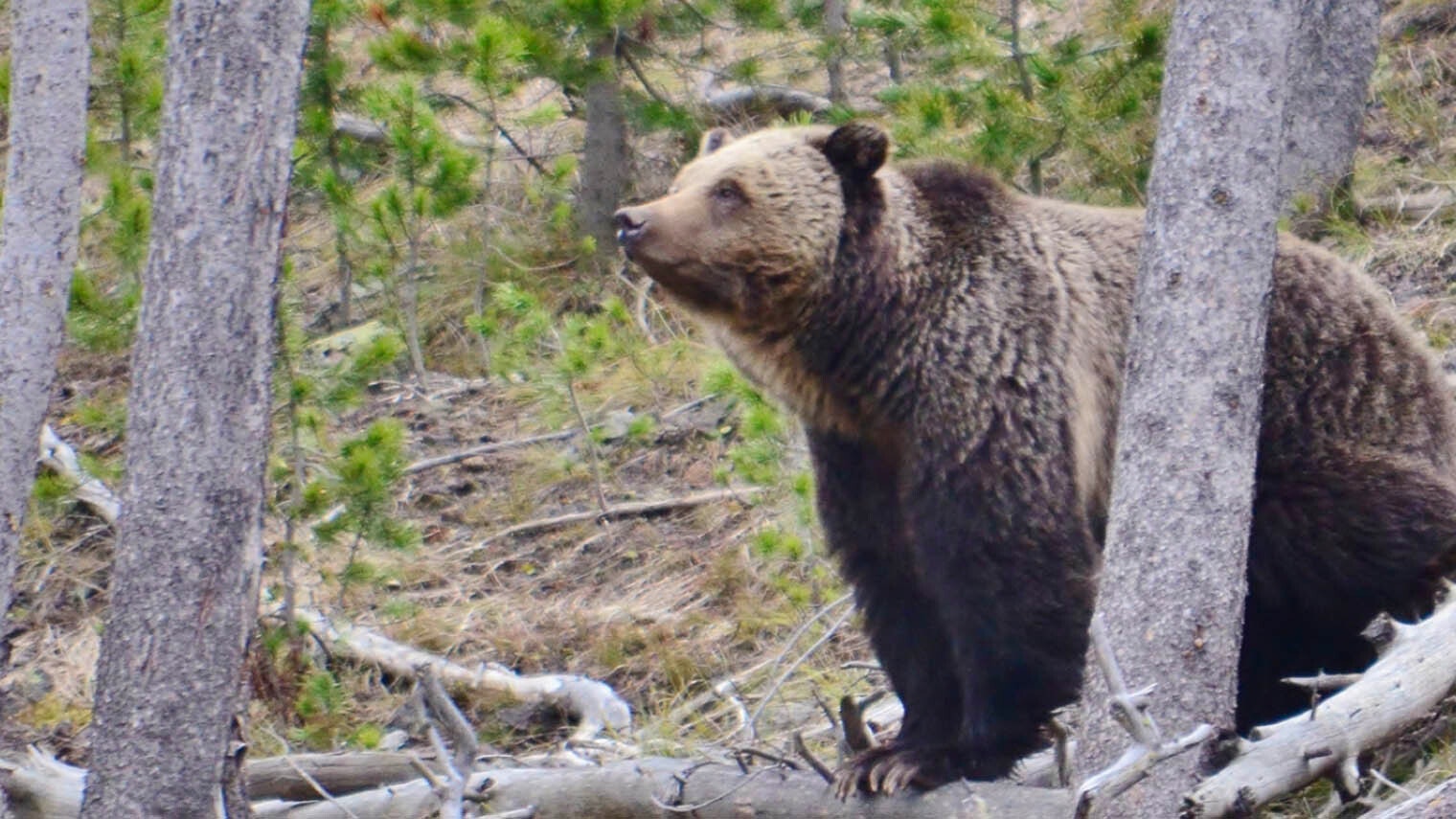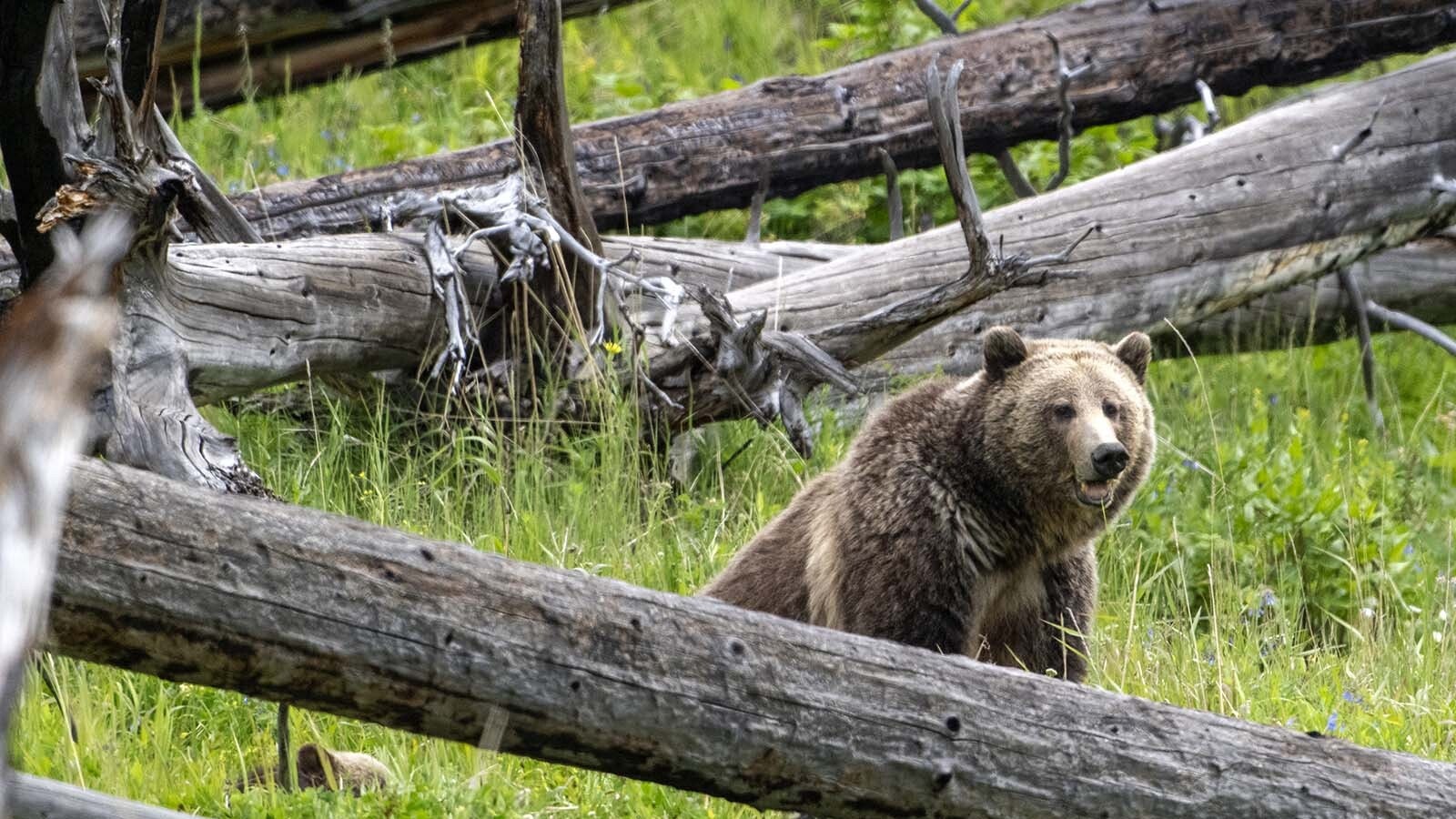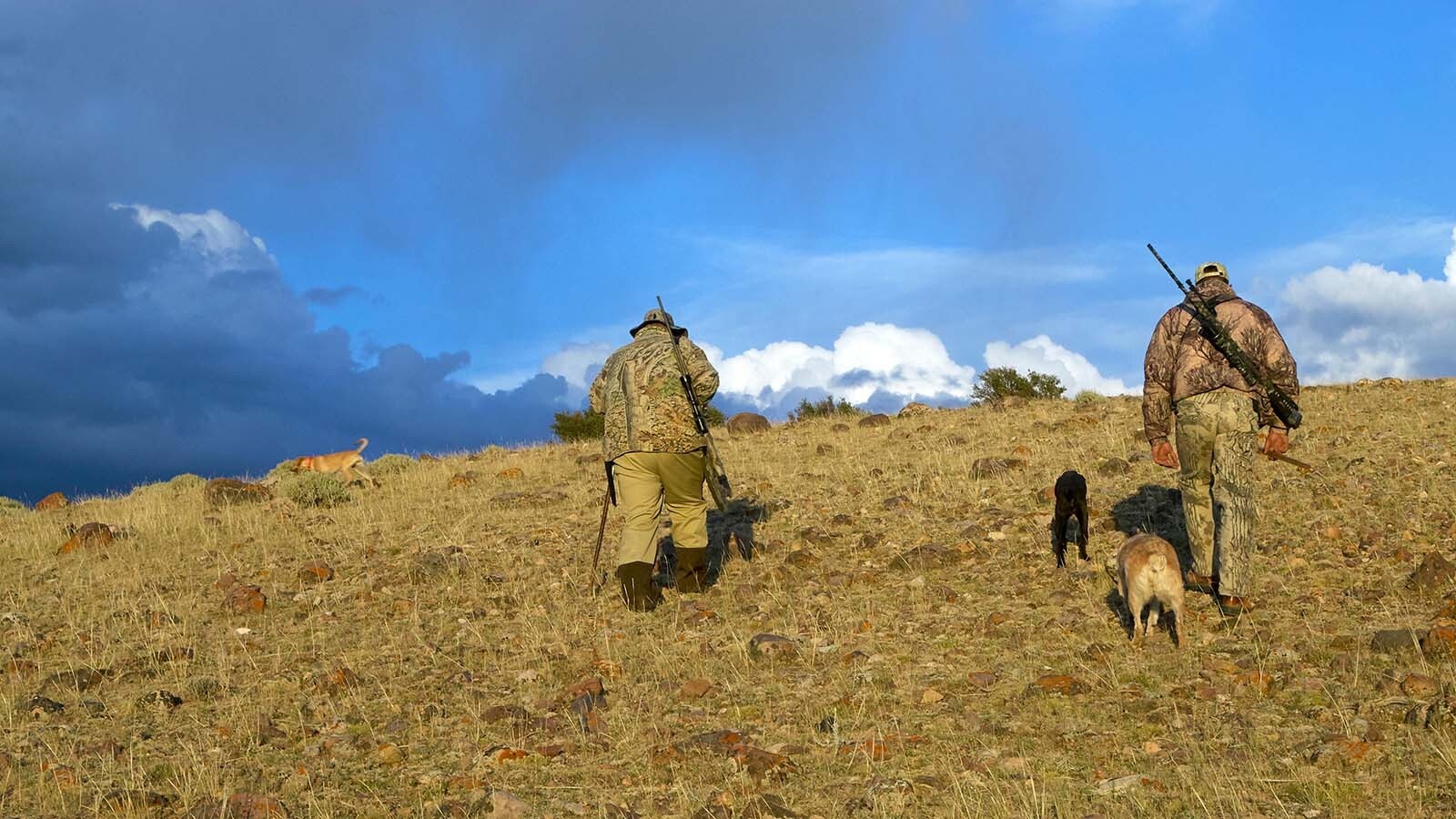Wyoming’s grizzly bears won’t be fully recovered and ready for delisting from endangered species protection until they can pitch a woo with bears from northern Montana.
At least that’s how opponents of grizzly delisting in Wyoming, Montana and Idaho who recently spoke to Cowboy State Daily see it.
Delisting grizzles now “would remove the essential federal protections under the ESA and do nothing to assure the protected and secure interstate linkage habitat that is essential for a truly recovered and secure Yellowstone grizzly population,” said Chuck Neal of Cody, a retired federal ecologist.
Delisting grizzlies in Wyoming and surrounding states is gaining momentum, but it would be a bad move for the species, Neal said.
“It would grant the states the right to systematically target grizzlies attempting to recolonize former occupied habitat outside of an artificial ‘demographic monitoring area’ for elimination, and this will guarantee that true grizzly recovery will be stopped in its tracks,” he said.
Sheer Numbers Aren’t Enough
Proponents of delisting grizzlies base many of their arguments on the sheer number of grizzlies in Wyoming and the adjacent Greater Yellowstone Ecosystem. There are thought to be nearly 1,100 grizzlies in the GYE, including about 600 in Wyoming.
Wyoming Game and Fish Department Director Brian Nesvik and others argue that’s far more than enough bears to justify delisting.
However, Neal and other opponents of delisting say that considering the numbers alone doesn’t tell the whole story.
“A recovered and secure grizzly bear population must be large enough and occupy enough extensive contiguous secure habitat to have a 95% probability of persisting for at least several centuries as a wild, free ranging, self-sustaining species,” Neal said.
“None of grizzly bear subpopulations in the lower 48 states in and of themselves meet those criteria,” he added. “This is manifestly true of the Yellowstone bear subpopulation because these bears live on a biological island separated geographically from other grizzly subpopulations, and have been for at least a century.”
Share Some Love With Montana Bears
The nearest other significant population of grizzlies is in Montana’s Glacier Park Ecosystem, home to roughly 1,000 bruins.
So, the answer is to allow a habitat corridor between the Yellowstone and Glacier grizzly populations, allowing them to meet, co-mingle and mate for better genetic diversity, delisting opponents say.
The way to accomplish that is to let grizzlies expand their range from the Glacier area and down through Montana’s Bitterroot Mountain range, said bear advocate Connie Poten of Missoula, Montana.
And a key element of that would be building a wildlife crossing underpass along Interstate 90 in Montana, she said. That underpass could allow not only grizzlies, but other wildlife species, to co-mingle and cross between ecosystems, she said.
Poten added that she’s also opposed to a hunting season for grizzlies, which Wyoming and Montana have planned for should the bears be delisted.
“Our Legislature wants grizzlies delisted yesterday, and they want to hunt them,” Poten said. “They want to trophy hunt them as soon as they’re delisted.”
Erik Molvar of Hailey, Idaho, the executive director of the Western Watersheds Project environmental group, also emphasized the need to connect the grizzly populations.
“A key hurdle that must still be crossed, ruled the judge, is re-connecting the Yellowstone grizzly population with populations in northern Montana,” he said. “Today, the Yellowstone population remains isolated, and re-establishing a grizzly populations in the Selway-Bitterroot area of Montana and Idaho is needed to provide the missing link to restore bear connectivity.”
Can States Be Trusted?
The delisting opponents also don’t put much trust in the states to manage grizzly bears if and when federal protections for them are removed.
Delisting would mean that management of the bears would be handed completely over to Wyoming Game and Fish and its counterpart agencies in Montana and Idaho. Currently, the state agencies work in conjunction with the U.S. Fish and Wildlife Service to manage grizzlies.
Nesvik testified before members of the U.S. Congress that he’s confident his agency can manage grizzlies in Wyoming, emphasizing that the grizzly population has thrived for decades in the Cowboy State.
However, Neal has a dimmer view of state management.
“A wide-ranging, slow-reproducing, top-level, opportunistic omnivore such as the grizzly cannot be turned over to the provincial interests of the livestock-driven agendas of the state game departments of the Yellowstone region,” he said. “These bears must be allowed to disperse into all biologically suitable habitat to achieve true recovery, and the bears themselves will show us that habitat. State management will not allow them to do that.”
Outdoor sports enthusiast Randy Rannow of Boise, Idaho, likewise said he doesn’t trust his state with grizzlies. He said that he’s had several encounters with bruins while mountain biking, and the experiences have always been good.
“Like Montana and Wyoming, Idaho has no clear plans, no commitment to ensuring habitat for grizzly bears. There are no plans to ensure a sustainable grizzly bear population,” he said.
Rannow added that as a physicist, he judges things based upon hard evidence, and so far, he hasn’t seen the evidence convincing him that the states are ready to manage grizzles.
“Never mind that facts and evidence shows these predators are a deterrent to climate change, that these predators can prevent or minimize disease in domesticated animals, and that sustainable ecosystems help relieve emotional stress,” he said.
Delisting Efforts Continue
Nevertheless, efforts to delist grizzly bears continue.
Gov. Mark Gordon in February announced that he’d struck a deal with USFWS to delist grizzlies, possibly by February 2024.
Retired Department of Interior official Rob Wallace, a northwest Wyoming resident, recently told Cowboy State Daily that deal is still on track.
In an apparent attempt to keep the pressure on, the state of Wyoming this week filed a lawsuit in federal District Court against U.S. Interior Secretary Deb Haaland and USFWS Director Martha Williams.
The lawsuit claims they have failed to address delisting proposals in a timely manner.
Meanwhile, Wyoming’s congressional delegation has introduced legislation in the U.S. House and Senate calling for grizzles to be delisted.
Mark Heinz can be reached at Mark@CowboyStateDaily.com





